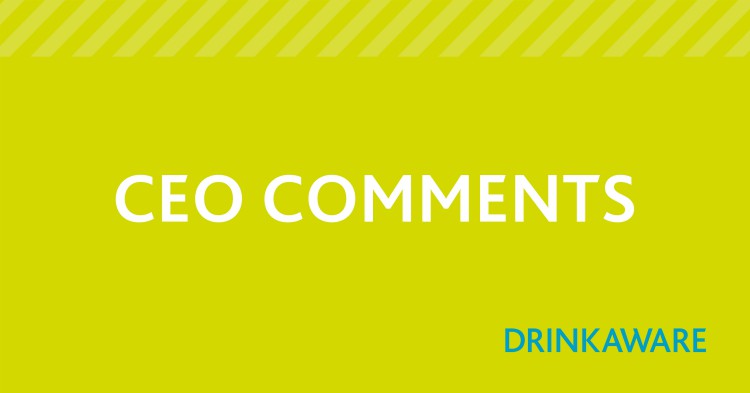Today, 7th April 2021, on World Health Day, the WHO is calling for action to eliminate health inequities. And in this blog we look at how inequalities in Irish society can act as determinants of health with regard to alcohol:
Let’s start by noting, that although the widespread assumption is that alcohol misuse and alcohol harm relate almost exclusively to binge and/or dependent drinkers, these are not marginal issues. The Drinkaware Index 2019 for example, found that of the adult population who drink 21% were hazardous drinkers i.e., drinking at increasing risk of dependency [i], and a further 23% were at potential risk of becoming hazardous drinkers.
However, it is important to acknowledge that alcohol-related harm, whilst evident across all sectors of society, is not equally experienced. Rather the reality is what’s known as the Alcohol Harm Paradox – even when consumption levels are similar, or in fact often lower, the harm experienced by those already disadvantaged can be greater.
Who are the groups that experience this inequity?
Groups that are already deprived, marginalised or disadvantaged may experience this inequality. It may be because of their socioeconomic status; ethnic, cultural, or religious minority status; lower levels of education; gender; age; etc. Furthermore, those who are marginalised or socially excluded “are more likely to have increased exposure to life stressors and have fewer buffering and coping resources” [ii].
What are alcohol-related harms?
These harms can be health-related such as morbidity/illness, mortality, and fewer healthy years of life [iii], and can also include more social harms such as loss of earnings, violence, stigmatization, family disruption and harm to others. Harms are not just experienced by the individual but can impact negatively on wider society, communities and especially on families and children in particular, for whom exposure can lead to inequalities for the children themselves and alcohol related problems later in life.
Why are these groups more vulnerable to these harms?
Research suggests several reasons for these groups’ vulnerability: the clustering of other risk factors such as obesity and smoking. For instance, the 21% incidence of daily smoking in deprived areas is significantly higher than the 9% incidence in affluent areas (Healthy Ireland 2019 [iv]). Less access to healthcare and services is another well documented reason along with high stress (due to discrimination, anxieties) and lower resilience through poorer diet and less exercise. Neighbourhoods and the density of outlets selling alcohol are often cited as contributing factors, although individual characteristics may trump area deprivation in terms of predicting risk [V].
Moreover, despite being referred to as a ‘right’ [iv], the opportunities and the resources necessary to be healthy – such as childhood experiences, education, employment and work conditions, housing and living conditions – are not fairly distributed [vii]. The absence of these social conditions, along with the exposure to the other determinants mentioned, can result in greater harms experienced despite similar or lower drinking levels.
Covid has increased these inequities
What is increasingly clear is that Covid-19 has expanded the inequity chasm that existed pre-pandemic. The increased pressure on families caring for young and aging dependents, the economic and employment uncertainties, the reduced accessibility of health and wellbeing supports, the loss of education and development opportunities and the long-standing social disconnection and stress, has put a strain on everyone’s resilience and coping capacities, but especially those described here.
The measure of a society, is how it looks after its most vulnerable citizens. It is also how it comes together as a community and actively seeks and supports collective action to reduce societal and health inequalities. Doing so, and especially in times of crisis, requires compassion, coherence and co-operation.
Our objective at Drinkaware is to benefit the community by preserving, protecting and promoting public health and socially responsible behaviour by reducing alcohol misuse and related harm. So we support World Health Day’s call to action, and openly, invite co-operation and collaboration with all parties who have a similar mission.
References
[i] AUDIT: The Alcohol Use Disorders Identification Test: guidelines for use in primary health care; (2001)
[ii] Loring B. Alcohol and inequities. Guidance for addressing inequities in alcohol-related harm. World Health Organisation; (2014)
[iii] Forut & Seraf. Alcohol and Global Health; (2019)
[iv] Healthy Ireland, Summary Report; (2019)
[V] Article 43.4 of the Constitution; Fundamental Rights under the Irish Constitution
[vi] Rochet et al. Evidence review: The social determinants of inequities in alcohol consumption and alcohol-related health outcomes; (2015)
[vii] World Health Organisation. Closing the gap in a generation; (2008)


